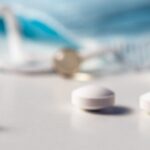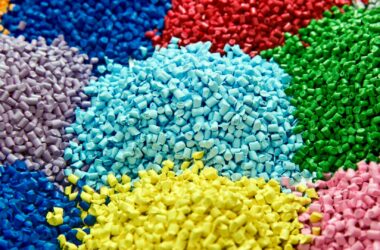The pharmaceutical industry is constantly evolving, with a primary focus on ensuring product quality, safety, and compliance with strict regulatory standards. Ampoules, small sealed vials used for storing and administering liquid medications, are crucial in this context. Accurate and efficient inspection of ampoules is paramount to prevent defects, contamination, and ensure patient safety. In recent years, advanced inspection technologies have revolutionized ampoule quality control, offering more precise and reliable methods. This article explores these cutting-edge inspection technologies and their impact on pharmaceutical manufacturing.
Machine Vision Inspection
Machine vision technology has made significant strides in ampoule inspection. High-resolution cameras and image analysis software can detect minute defects, such as cracks, particles, or foreign contaminants, with exceptional accuracy. Machine vision systems are capable of inspecting ampoules at high speeds, ensuring thorough quality control in mass production.
- Advantages: Speed, precision, and consistency in defect detection.
- Applications: Particle detection, seal integrity, and label verification.
X-ray Inspection
X-ray inspection offers a non-destructive method to assess ampoule integrity. It can identify internal defects, such as glass impurities, hairline cracks, or air bubbles within the liquid, which are not visible to the naked eye. X-ray technology has evolved to provide high-resolution imaging while minimizing radiation exposure.
- Advantages: Detects internal defects, non-destructive, and minimizes false positives.
- Applications: Integrity verification, fill-level inspection, and foreign object detection.
High-Frequency Ultrasonic Inspection
High-frequency ultrasonic inspection technology utilizes sound waves to assess the quality of ampoules. It can detect minute cracks and leaks in the glass, ensuring that ampoules maintain their sterility. This technique is particularly valuable for sterile pharmaceutical products.
- Advantages: Detects micro-cracks, non-invasive, and applicable to liquid-filled containers.
- Applications: Leak detection, crack assessment, and quality control for sterile products.
Infrared (IR) Spectroscopy
IR spectroscopy is a powerful tool for chemical analysis. It can be used to examine the chemical composition of the liquid inside ampoules. By comparing spectra against predefined standards, IR spectroscopy ensures the correctness of the drug formulation and identifies any deviations.
- Advantages: Chemical composition analysis, rapid results, and non-destructive.
- Applications: Formulation verification, detecting counterfeit products, and ensuring drug quality.
Artificial Intelligence (AI) Integration
AI and machine learning are being integrated into ampoule inspection systems, enhancing their capabilities. AI algorithms can adapt to evolving quality standards and identify previously unknown defects by learning from a vast dataset. This results in fewer false positives and increased inspection efficiency.
- Advantages: Adaptive defect recognition, reduced false alarms, and continuous improvement.
- Applications: Defect recognition, process optimization, and real-time quality monitoring.
Advanced inspection technologies for ampoules are revolutionizing pharmaceutical quality control. These technologies offer pharmaceutical manufacturers the ability to achieve unprecedented levels of precision, reliability, and efficiency in the production process. By ensuring the integrity of ampoules and the quality of their contents, these innovations contribute to safer and more effective pharmaceutical products, ultimately benefiting patients worldwide. As technology continues to advance, we can expect even more sophisticated and integrated inspection solutions to emerge, further enhancing the pharmaceutical industry’s commitment to quality and safety.







